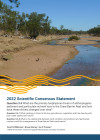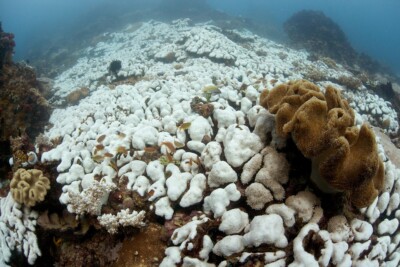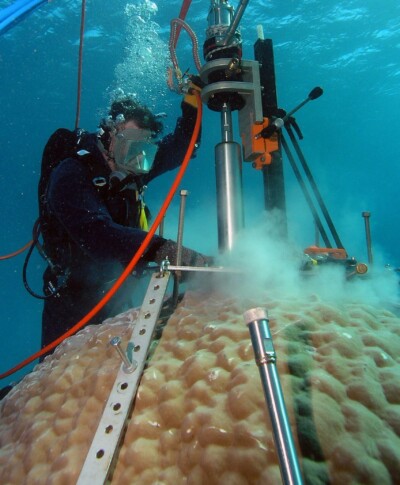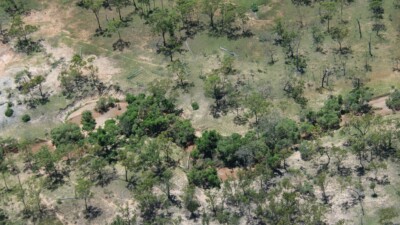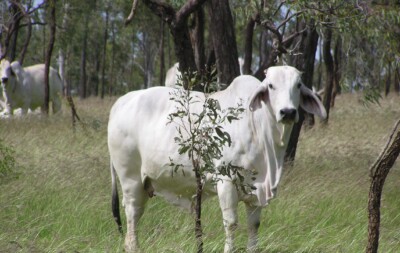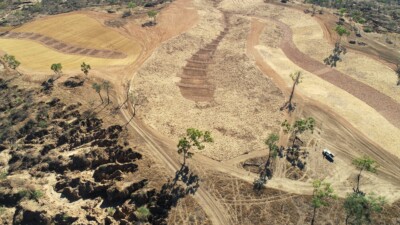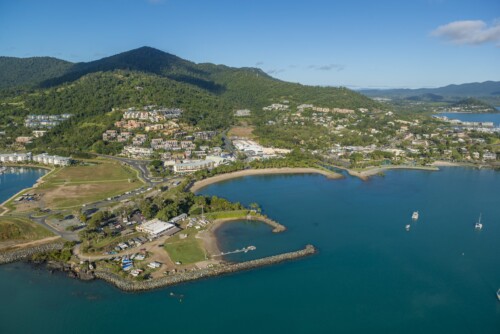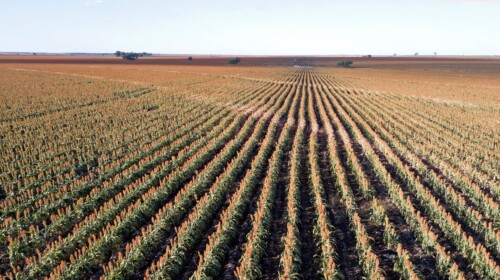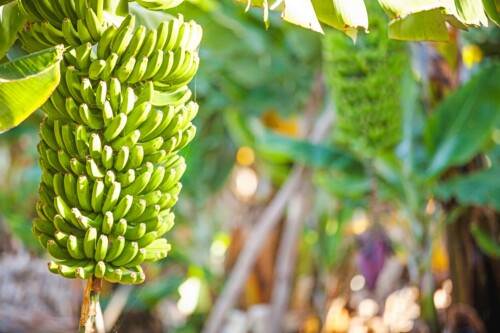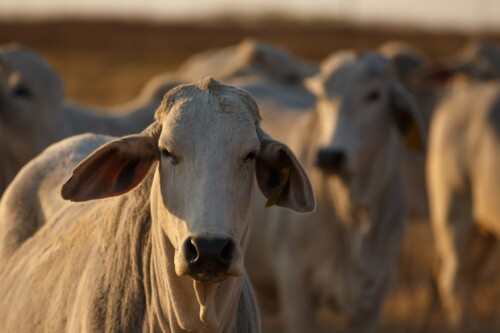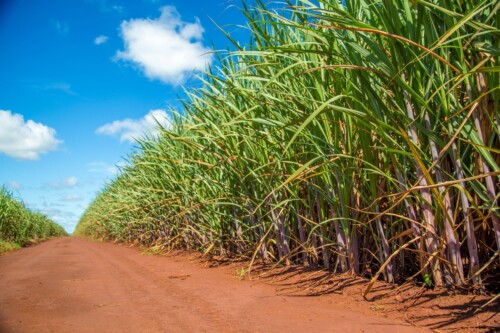Sediments and particulate nutrients

What are the primary biophysical drivers of anthropogenic sediment and particulate nutrient export to the Great Barrier Reef and how have these drivers changed over time? [Q3.4]
What evidence is there to link low groundcover, vegetation and tree clearing with poor water quality and runoff? [Q3.4.1]
What is the relationship between land condition and sediment and particulate nutrient runoff for management of Great Barrier Reef catchments? [Q3.4.2]
Authors: Scott N Wilkinson1, Bruce Murray1, Ian P Prosser2
Affiliations: 1CSIRO Environment, 2Centre for Applied Water Science, University of Canberra
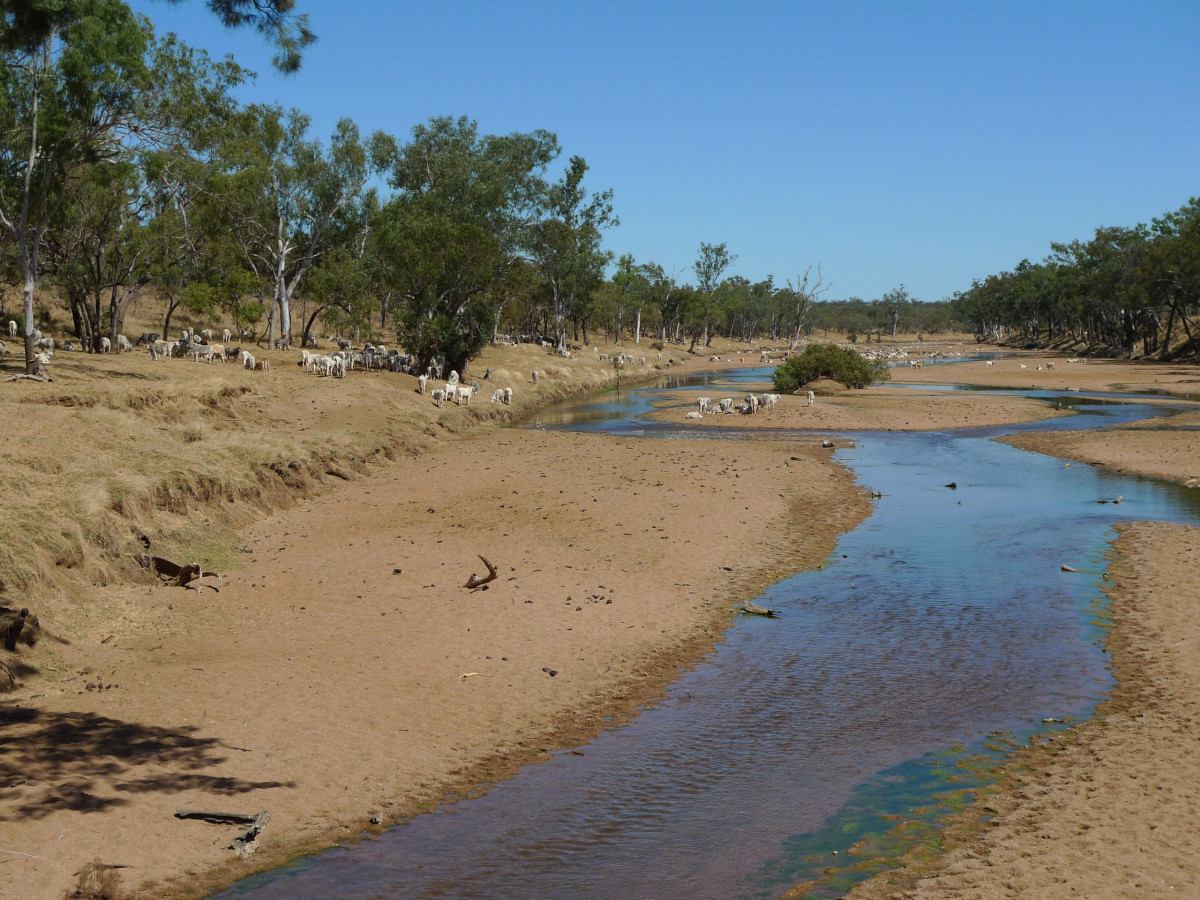
Evidence Statement
The synthesis of the evidence for Question 3.4 was based on 135 studies undertaken in the Great Barrier Reef and published between 1990 and 2022. The synthesis includes a High diversity of study types (36% observational, 28% experimental, 22% review studies, and 14% modelling studies), and has a Moderate confidence rating (based on High consistency and Moderate overall relevance of studies).
Summary of findings relevant to policy or management action
The most important biophysical drivers of anthropogenic sediment and particulate nutrient export to the Great Barrier Reef are vegetation degradation and soil surface disturbance. Rainfall is a natural driver which determines the timing of exports. Vegetation degradation is caused by tree clearing (or more generally, land clearing) associated mainly with grazing and cropping land uses, low ground cover primarily from overgrazing and drought, and changes in the structure and function of vegetation including a shift to non-native grass species. Streambank erosion rates are several times higher where riparian tree cover has been removed. Gully and streambank erosion have been greatly accelerated by vegetation degradation and collectively deliver 77% of the sediment and 40–50% of the particulate nutrient export, from a very small proportion of the catchment area. Hillslope erosion rates increase sharply as cover declines below 30–50% because low ground cover exposes soil to erosion by rain splash and scour and increases the efficiency of sediment transport from hillslopes to streams. Vegetation degradation within stream channels, floodplains and wetlands also reduces sediment deposition in those areas. Surface disturbance, including trampling by cattle, tillage in cropping areas, unsealed roads and construction earthworks, is an important biophysical driver especially where it occurs around gullies and streambanks and in areas of erodible soils. Actions that reverse vegetation degradation and prevent surface disturbance can reduce export through reducing erosive forces and increasing erosion resistance, especially when actions are targeted within gully networks and riparian zones. Soil degradation, increases in runoff volumes, runoff concentration by roads, tracks, fence lines and drainage systems are less significant at the Great Barrier Reef scale, but are important drivers in some areas. The construction of large dams that detain some runoff has reduced anthropogenic exports of sediments and particulate nutrients to the Great Barrier Reef in some river basins. Climate change is projected to increase the magnitude of large floods and the severity of droughts, both of which are likely to exacerbate vegetation degradation, surface disturbance and soil degradation.
Supporting points
- The erosion rate of gully walls is inversely related to vegetation cover so it can be expected that gully wall revegetation will reduce sediment export. Revegetation of rapidly eroding gullies, or those in erodible soil, requires physical treatments to support establishment of vegetation.
- Surface disturbance such as tillage, trampling by cattle or feral pigs is a contributor to anthropogenic export of sediment and particulate nutrients especially around gullies and streambanks.
- Reversing vegetation degradation without active intervention is a challenging prospect, so targeting efforts to the most actively eroding features within catchments is likely to be important to efficiently reduce exports, however, assessment of cost-effectiveness of different options is also required.
- Overgrazing during droughts is a primary cause of vegetation degradation and can be avoided by maintaining forage consumption within limits of biomass availability during droughts, including by destocking.
- Soil degradation can include soil compaction, decline in soil fauna and carbon rundown, particularly in more erodible soil types including soils that have depth profiles with texture contrasts. It can increase exports by reducing the capacity for water to infiltrate the surface and be available to support plant survival, and by increasing the rates of surface runoff.
- An increase in runoff detention in large reservoirs is the only driver studied which has substantially decreased anthropogenic sediment and particulate nutrient exports to the Great Barrier Reef. For example, construction of the Burdekin Falls Dam in 1987 decreased sediment export from the Burdekin River basin by 35%. This driver is less effective at capturing the fine particulates that have most impact in the marine environment, has negative impacts on freshwater ecology, and is much more costly than interventions that stabilise erosion directly.
- Land condition is a measure of forage productivity based on forage composition, ground cover, and soil surface characteristics. While land condition can indicate differences in erosional status between the extremes of very low and very high ground cover, it has not been consistently related to hillslope soil loss and it is difficult to measure.
- Changes in the biophysical drivers over time are best documented in the Burdekin and Fitzroy River basins. Significant events have included: surface disturbance associated initially with the introduction of livestock and subsequently with alluvial mining in the Upper Burdekin catchment, vegetation degradation associated with expansion and intensification of grazing which increased Burdekin basin sediment export to record levels by the 1950s, historical and ongoing land/tree clearing including but not limited to the Brigalow bioregion which resulted in Fitzroy River basin sediment export increasing around the 1950s, expansion of cropping, dam construction and road and urban earthworks. More recent construction of large dams has had a smaller effect on exports than the cumulative effect of the other drivers. Ongoing vegetation degradation including land/tree clearing, and surface disturbance, appear to be contributing to expansion in coastal water quality impacts in recent decades, especially where they occur in areas prone to or experiencing gully and streambank erosion.
- Climate change is projected to increase the magnitude of large floods, the severity of droughts and alter fire regimes, all of which may exacerbate vegetation degradation and gully and stream bank erosion processes to increase future export volumes and concentrations. Therefore, the need for vegetation protection in areas of sediment supply will become increasingly important. The overall effect of climate change on sediment and particulate nutrient yields has received limited attention to date and remains poorly understood due to complex interactions with vegetation and land use.
